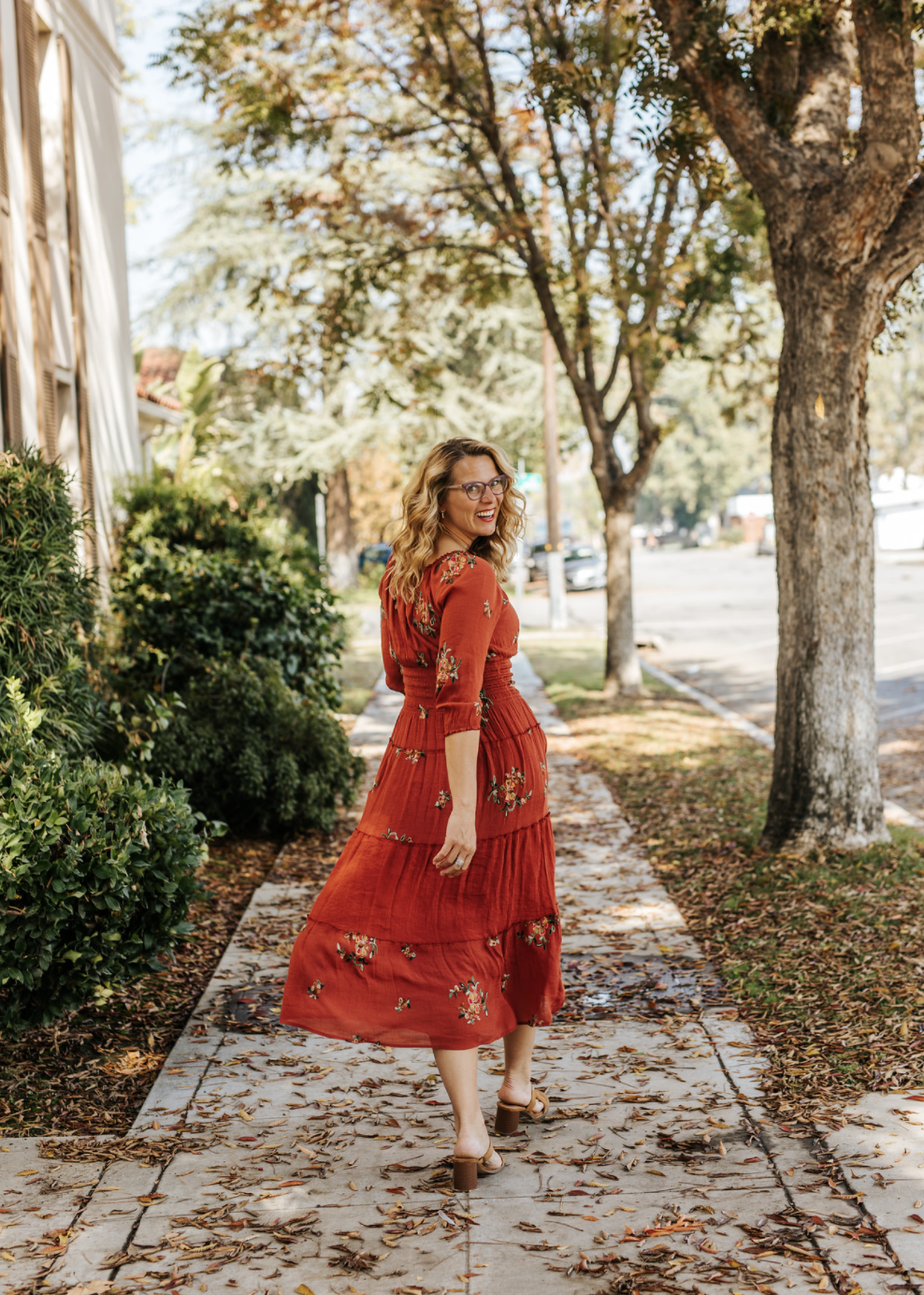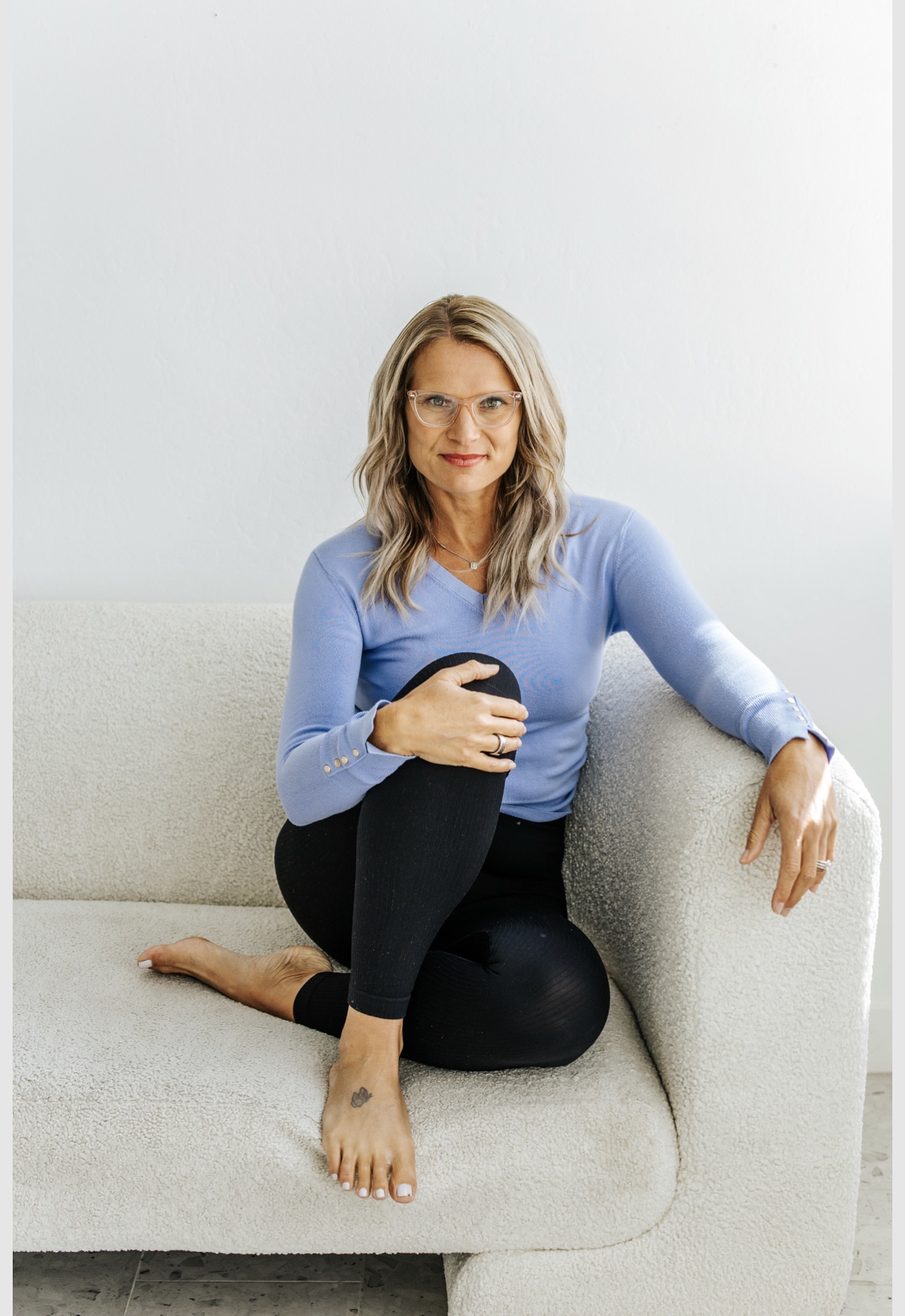Why I’ve Been Obsessed with Vintage Nutrition Books
I’ve been obsessed with vintage nutrition books lately.
After finishing one, I’ll scavenge thriftbooks.com and Ebay for any other book the author mentions repeatedly. I’ve been spending Sundays out by the pool, drinking sparkling water and devouring these resources while soaking up my Vitamin D. It’s been pretty glorious.
Vintage nutrition is fascinating because it’s so pure. Nutrition is such a young science, and some of the greats like Pauling, Davis, and Wright were excitedly and selflessly writing to share information and educate instead of just pumping out the same book everyone else was writing just because a certain theme like keto or hormones was hot at the time.
It’s a beautiful peek into the great minds of the past, and I’ve got at least three more books slated to arrive this week. I especially love opening a vintage book and smelling the thick, musty pages while I delightedly discover notes from a previous owner- or better yet, a pen-scrawled name and date. It’s interesting to see what claims have stood the test of time and what claims have not. Biochemistry has evolved, science has sharpened and quickened, and new discoveries build on the foundation of the past.
Vintage Vitamin Therapy
A big theme in nutrition research in the 1950s, 1960s, 1970es, and 1980s was vitamin therapy. Isolated vitamins were not even discovered until 1911, when the Polish chemist Casimir Funk coined the word “vitamin” from the Latin vita (“life”) and the chemical term amine, which refers to a class of compounds of nitrogen including the amino acids. Funk was studying disease states like beriberi, scurvy, pellagra, and rickets- all diseases that we now know to be caused by vitamin deficiencies. He realized that certain foods were able to prevent and cure these diseases and began to isolate those compounds and classify them into categories of vitamins.
In 1913, the American investigator E.V. McCollum and team reported the need for two necessary factors from food. By 1915, McCollum and team had named these factors “fat-soluble A” and “water-soluble B”. Thus began the nomenclature of vitamins.
It wasn’t until 1928 when Albery Szent-Gyorgyi was able to isolate pure vitamin C. He went on to receive the 1937 Nobel Prize for physiology and medicine for this discovery.
Vitamin C is found in most typical modern medicine cabinets, and for good reason. It has antibacterial, antiviral, and antifungal properties. Its history as an isolated compound is not extensive, but it has been shown unequivocally to boost immunity and health.
I’ve loved that these vintage nutrition books have allowed me to go deep into one of my passions, orthomolecular medicine. This term simply refers to the practice of taking the correct or effective dose of a vitamin or mineral. There are orthomolecular physicians and nonlicensed professionals worldwide, but the beauty of this discipline is that it is easy to learn and understand and practice on your own. The water soluble vitamins are nontoxic and with common sense and a sound mind can be used without any negative effects.
How Vintage Nutrition Books Set the Stage for the Brand New Reset
Sharing information on how to effectively take vitamins is the focus of my new course, The Simplified 14 Day Reset. You’ll get 14 mini masterclasses, vitamin cheat sheets, and recommendations for what and how much to take for specific imbalances in the body. It’s empowering as a woman to be able to care well for yourself, your family, and your community just by learning a little bit about vitamins and minerals.
Check out this video from the actual course on Vitamin C, the granddaddy of orthomolecular medicine. If you like it, you’ll enjoy the full course. The course also includes suggested meal plans (simple meals, little time in the kitchen), shopping lists, recipes, and suggestions on exercise, sleep, hormone balance, and sugar detox. We also have a fantastic Facebook group that’s already going strong. Come on in and join us!
Grab your Reset here.






